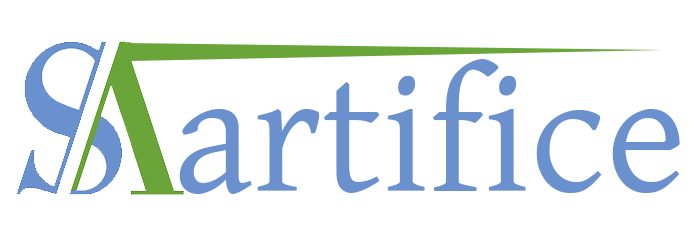Introduction to Flutter and Software Design
What is Flutter?
- Overview of Flutter and its architecture.
- Benefits of Flutter for modern app development.
- The role of Flutter in cross-platform design.
Importance of Software Design in Flutter
- Maintainability, scalability, and reusability.
- Design principles and patterns for clean code.
Design Principles in Flutter
Separation of Concerns
- Layers in Flutter: UI, Logic, and Data.
- Using Provider, Riverpod, and Bloc for state management.
Single Responsibility Principle
- Breaking down widgets and components.
- Modularizing code for clarity.
Declarative UI Design
- Advantages of Flutter's widget tree approach.
- Managing widget lifecycle effectively.
Architectural Patterns in Flutter
Model-View-Controller (MVC)
- Example: Building a basic CRUD app with MVC.
Model-View-ViewModel (MVVM)
- Integrating MVVM with state management tools.
Business Logic Component (BLoC)
- Understanding Streams and Sinks.
- Event-driven architecture with BLoC.
Clean Architecture
- Layers: Presentation, Domain, and Data.
- Dependency Injection and Use Cases.
UI/UX Design Best Practices
Responsive Design
- LayoutBuilder and MediaQuery for adaptive UI.
- Using Flutter’s responsive frameworks (e.g., flutter_screenutil).
Custom Widgets
- Building reusable components.
- Extending Material and Cupertino widgets.
Accessibility
- Adding semantics and supporting screen readers.
- Handling gestures and keyboard navigation.
Animations and Motion Design
- TweenAnimationBuilder, Hero Animations, and Custom Animations.
- Using Rive for advanced animations.
State Management in Flutter
Inheritable Widgets
- Basic examples of scoped state sharing.
Provider and Riverpod
- When and how to use these popular tools.
BLoC and Cubit
- Event-driven state management.
- Practical use cases in enterprise applications.
Database Design and Integration
Choosing a Database
- SQLite (sqflite) vs. NoSQL (Hive, Firebase).
Integrating Databases with Flutter
- CRUD operations and syncing data.
Offline-first Design
- Caching strategies and syncing on reconnection.
Testing and Debugging in Flutter
Unit Testing
- Writing tests for widgets, models, and utilities.
Integration Testing
- Automating app workflows with integration tests.
Debugging Tools
- Flutter DevTools and logging with Logger.
Deployment and Optimization
Optimizing Performance
- Reducing widget rebuilds.
- Best practices for network calls.
Building for Multiple Platforms
- Adapting UI and interactions for Android, iOS, and web.
Continuous Integration/Continuous Deployment (CI/CD)
- Setting up CI/CD pipelines with tools like GitHub Actions and Codemagic.





